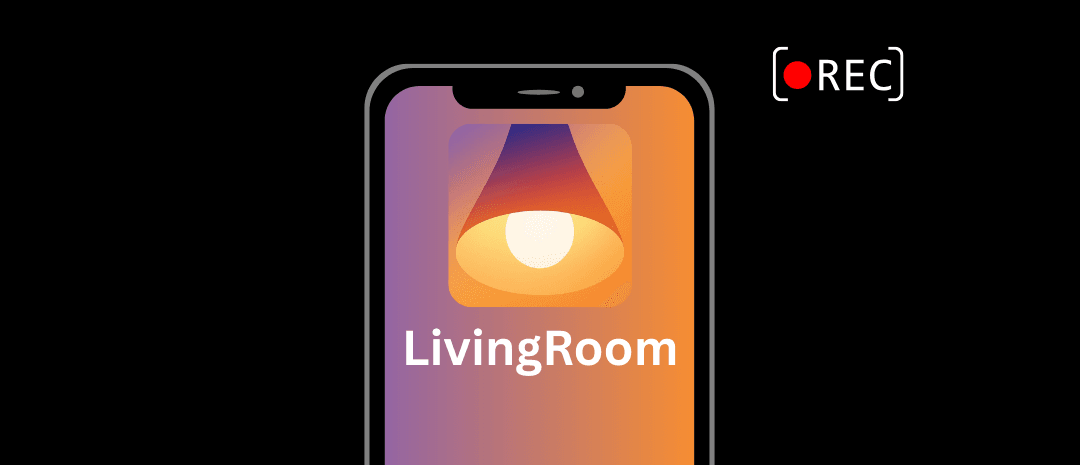Parental Controls
How to enable Parental Controls on your Router
Learn about parental control settings you can enable on your home router, and what you can do to take parental controls to the next level with DNS Filtering.

For many parents, their home router is where most of the family accesses the internet. Wouldn't it be great if you could enable some kind of parental controls or a content filter on your router?
For the great majority of routers, this is possible! Some routers will have some basic parental controls as a feature, while others allow you to take it a step further and enforce a content filter. The best part about this is that any device connected to the router will reap the benefits of any parental controls you enable, and this includes settings like filtering inappropriate sites and setting an internet bedtime.
What does parental controls do on my Router?
Typically, routers can offer a few different features for parental controls:
- Filter Adult or Malicious websites and domains
- Shut off internet at a specific time, either for the entire router or on a per-device basis
- Block websites or domains manually.
- Force Safe Search on Google for web browsers or YouTube
- Occasionally, some routers might even provide activity reports.
Since your router is used to connect your home devices to the rest of the internet, parental controls can be used to filter internet on those devices.
These features might be what you're looking for, but there are some important caveats that parents might need to consider:
- The filter used on your router for adult content can sometimes be bypassed with a VPN or Proxy.
- Internet shutoff doesn't affect some devices, such as mobile devices, that can connect to cellular data.
- Logs collected on your router typically only see your internet traffic as a whole - they may be able to tell devices apart, but this is not as common.
How do I find the parental controls settings on my router?
This is an answer that will depend entirely on which brand and model you're using. Usually, the first step you'll have to take is to research the model of router online.
Some routers are marketed as parental control routers and provide clear instructions (either in the box or online) for how to set it up. Other routers have a simple check box that might be found under "Advanced Settings" (or something similar). Aside from some of the more technical limitations parental controls might have:
- The built-in parental controls on a router are typically not compatible with other kinds of network-based content filters.
- Most router's parental controls are too basic. While most inappropriate sites will be filtered, this is generally where these filters will stop. If you need to block another category (such as the scam artists favorite - New Domains ), you will need to use a more advanced filter.
- The parental controls on a router are typically not transparent with how they work. You can usually find their privacy policy online, but how the actual filter works is not usually apparent.

1) Log into your Router
Router login instructions are found on the back or side sticker of the device that handles your home internet connection.
2) Find and Configure Parental Controls
Some Routers don't have parental controls options. Others do, but only provide limited features. Still other routers will have a very detailed set of options that parents can configure.
Once you logged into your router, you can try to browse the settings available to see what parental controls you can set for that model.
Here's a reminder for some parental controls that you should be looking for:
- Website Blocklisting: Let's you block a website on your router.
- Content filtering: Dynamically filter out adult or inappropriate sites.
- Internet cutoff/bedtime: Sometimes this will turn off internet on your router entirely, others can disconnect certain devices.
- Age-ratings by device: This is a bit rarer to find standard. Most of the time, this is a feature of an advanced (and more expensive) router.
If you're having trouble finding parental controls on the router, do an internet search in order to find more information about what features your model router offers. Search for your model number, followed by "parental controls", or "user's manual".
On the other, if you're router doesn't have parental controls, then you still might be able to set up a content filter on your router . All you need to be able to change is your router's DNS settings.

What Limitations Do Parental Controls on a Router Have?
If you've set up parental controls on your router, you should be aware of some weaknesses they'll have.
(1) Parental Controls on Routers Are Usually Not Customizable
First, parental controls work by using a public DNS filter (Cloudflare, Google, etc.). The main priority for these filters is to block adult (and possibly malicious) websites, but they won't include other categories you might want.
If, for example, you want to block websites that could be used for cheating at schoolwork, this may not fall under the "adult" category. Some other DNS filters have this category as an option, but public DNS services can't be fined tuned this way.
(2) Using Parental Controls on a Router Won't Protect Other Networks
Second, mobile devices that have a cellular connection (like smartphones), can connect to the internet without going through the router. The same is true for public or shared Wi-Fi, perhaps at a school or coffee shop.
Any devices that connect to networks outside of your home router won't be able to take advantage of the parental controls you've set.
(3) Parental Controls and VPNs Don't Mix
Third, VPNs encrypt traffic, which means that a content filter on a router can't see (or block) devices that use one. Some content filters can block traffic it can't see (like VPNs), but most parental controls can't.
(4) You Can Make Your Own Content Filter With All of Your Settings Managed in One Place
The better solution to default parental controls is to make your own content filter, one that not only filters your router, but also can be installed on each of your devices. This can be done by using a DNS Blocker and connecting your home router to it.
Many DNS filters let you set up filtering on your home router, and can be installed on each of your devices. The settings for your filter are all managed in one place, so adding a website to a blocklist will apply to all of your connected devices.
Alternatives to Router Parental Controls: Configure a DNS Filter
The built-in parental controls may not be enough for some families. You can instead create your own, more advanced and secure, content filter on your router.
The best way to set this up on your router is to use a DNS Filtering service. DNS Filtering lets you have much more control over what kinds of content makes it through your router:
- Block various categories of content: You can add other categories instead of just adult sites. You decide which categories are deemed appropriate.
- Create custom Allow and Blocklists: Choose which websites or apps you want to block or make exceptions for.
- Prevent Common Bypass techniques: Prevent connected devices on your network from using VPNs or Proxies to bypass your filtering.
1) Customize Your DNS Filter Settings
Depending on the DNS filter you decided to use, there will be different categories that you can choose to enforce. As an example, Tech Lockdown's filter has categories that can prevent bypass, enable SafeSearch for web browsers, and many others.
You can also customize which websites are on your blocklist. If you want to allow a website or it is blocked by mistake (this is rare, but it can happen), you can add it to your allowlist.
2) Configure your Router to point to the DNS Filter
The next step is to go ahead and configure your home router to connect to your filter. This is a bit more advanced than we can get into in this article, however, we have a dedicated article that walks you through how to set up a content filter for your home network .
3) Install DNS Filter Directly on Your Own Devices to Enable Content Filtering on Other Network
Some filters let you also configure your devices so that, regardless of which network they're connected to, filtering is still active. This can be very useful for mobile devices, which use a cellular data connection.

FAQs
How do Parental Controls on Routers work?
Most of time, enabling the content filter setting on a router points it to an open-source or public DNS filtering service. These public DNS filtering services are able to filter out adult content, and in some cases malicious websites. While this is usually enough, you generally won't be able to set custom categories (other than what's enforced by default).
My Router doesn't have parental controls. How can I use a content filter?
You don't need to have a parental control setting in order to set up your own content filter at home . In general, the two settings you want to check in order to be successful are whether you (1) can set your own DNS servers and (2) set a static address or use Dynamic DNS.
Will the parental controls settings interfere with other filters I have set on my devices?
In general, if you are using a network-based filter (like DNS filtering), yes. DNS filters can interfere with each other, and devices will tend prioritize their own settings.
If you have parental controls set on a platform (like YouTube for example), then the parental control most likely won't affect those settings.
What are some DNS filter options?
We have a blogpost where we compare several different DNS filters for at home . Some of the biggest names we talk about include:
- Cloudflare Zero Trust
- OpenDNS
- NextDNS
- Tech Lockdown
